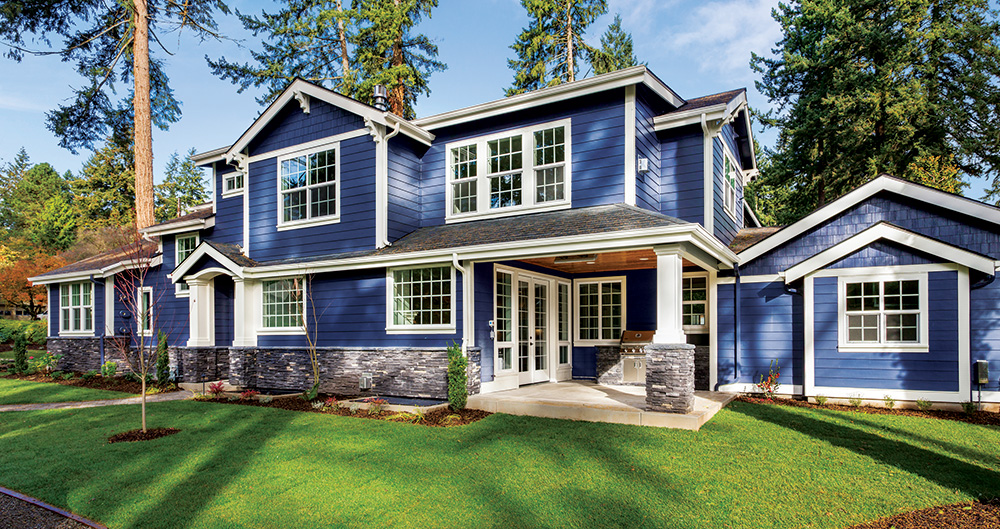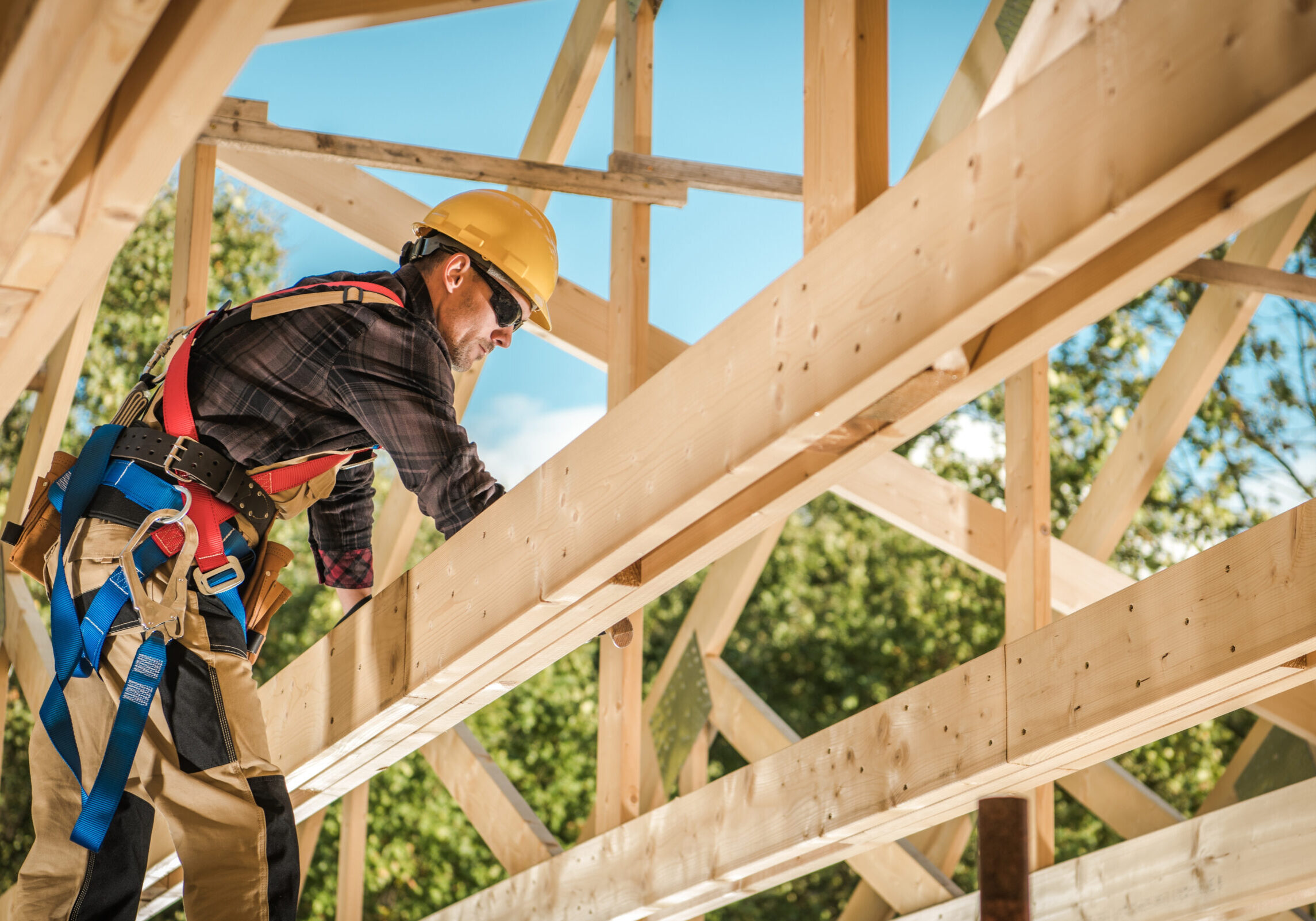Housing Figures: 2021 Outlook Bright as 2020 Numbers Come In
January 5, 2021

Housing Figures is our monthly round-up of the top news stories related to residential new construction spending and the latest market numbers.
It's our first Housing Figures of the new year! While home sales, including new home sales, pending home sales and existing sales, generally decreased in their latest counts, year-over-year numbers told their own story — and experts agree 2021 is looking good for housing. Meanwhile, the economy can look forward to a second stimulus and some bounce back with the roll-out of the COVID-19 vaccine.
A second stimulus
A $900 billion stimulus package has been signed. President Trump signed a second stimulus bill that will provide $600 in direct deposit payments to eligible Americans, $25 billion in dedicated rental assistance and $284 billion in additional Paycheck Protection Program loans. The bill also includes $300 per week in enhanced unemployment benefits through March. [The New York Times]
The latest in home sales
The New Home PSI grew MOM and YOY. Zonda’s latest New Home Pending Sales Index grew almost one percentage point month-over-month and nearly 45 percent on a year-over-year basis. The index measures the number of new home sales contracts signed each month. The best markets for new homes included Jacksonville, Raleigh and Atlanta. The numbers show buyers remain positive about purchasing new homes, while builders are equally enthusiastic with the one caveat that they can’t build homes fast enough, according to Zonda’s chief economist Ali Wolf. [PR Web]
The sales of new homes fell 11 percent, still up YOY. New home sales, separate from pending sales, decreased 11 percent from October 2020, but still came in nearly 21 percent higher than November 2019. More than that, however, November’s sales were higher than any single month in 2019, making context, as Zillow put it, everything. The volume of new home sales has enjoyed its highest levels this year thanks to record low mortgage rates, low inventory of existing homes and an increased interest in new construction. [Zillow]
The sales of existing homes also dipped in November. Existing-home sales decreased 2.5 percent from October, ending a five-month streak of monthly gains. Still, the National Association of Realtors reported existing-home sales were up almost 26 percent from 2019. NAR’s Chief Economist Lawrence Yun said home sales for all of 2020 should surpass 2019 levels. With the latest stimulus package signed and a vaccine underway, he expects robust growth to be forthcoming in 2021. [Builder]
The Pending Home Sales Index declined in November. NAR’s Pending Home Sales Index, which measures total housing inventory as compared to Zonda’s index, decreased 2.6 percent from October. As is now familiar, the year-over-year numbers were up, however, by 16.4 percent. The decline is believed to be from a shortage of inventory and rising home prices. [Yahoo! Finance]
Not yet a HomeSphere partner?
HomeSphere connects residential construction builders with building product manufacturers to facilitate long-lasting relationships through our award-winning software platforms, My HomeSphere® and HomeSphere-IQ®.
Housing starts grow
New home construction came in at a nine-month high. U.S. housing starts increased 1.2 percent to an annualized rate of 1.547 million in November. Single-family starts rose for the seventh month in a row, coming in at the highest since 2007. Starts rose in all four regions of the country, with the Northeast rising by nearly 12 percent. Permits also rose by 6.2 percent from October and 8.5 percent from November 2019. [Bloomberg]
Home prices rise (again)
U.S. home prices rose to a six-year high in October. The latest S&P CoreLogic Case-Shiller price index is out, with overall home prices at an 8.4 percent increase over the past year, up seven percent from the prior month. Prices are rising at the fastest pace since 2014. They also rose in at least 19 of the 20 large cities tracked by Case-Shiller, with Detroit excluded because not enough info could be collected. The biggest yearly increases have taken place in Phoenix, Seattle and San Diego. [Realtor.com]
Looking further into 2021
These competitive cities will continue into 2021. A new Redfin report shows that eight of the top 10 most competitive cities in the U.S. are in Washington and California. Buyers are reportedly looking to relocate to less costly metros. The most competitive city in 2020 was Spanaway, Washington, where almost 70 percent of homes sold above their list prices, which were up almost 21 percent from 2019. South Portland, Maine, was the only east coast city to make the list. [Mansion Global]
The multifamily outlook is bright. According to Jamie Leachman, managing director of JLL Capital Markets, the multifamily market could have a record-setting year in 2021. He’s optimistic following the roll-out of vaccines across the country and the likelihood that life companies will be “looking to return to the market in a big way.” [MHN]
Real estate predictions for 2021 include low(ish) mortgage rates. Real estate insiders have some predictions from what’s coming in the year ahead. They include continued low mortage rates, rising home prices with pressure eased by the vaccine and a rise of larger homes again that feature more health-related amenities. Experts also predict the suburbs will continue their hot streak and that 2021 will be another good year for housing. [MSN]






